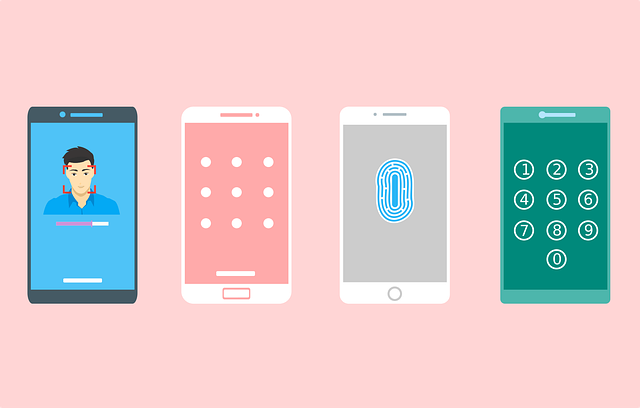Mobile access control systems (MACS) are vital for securing data and preventing unauthorized access in a digital world. They use biometrics, encryption, and MFA to protect user identity and data integrity on mobile devices. Integrating MACS with multi-factor authentication and robust encryption strengthens security against cyber threats, especially with remote work trends. Regular security audits and patch management further ensure the protection of sensitive information accessed via mobile devices.
In today’s digital age, securing sensitive data is paramount. Unauthorized breaches can have devastating consequences for individuals and organizations alike. This article delves into robust cybersecurity protocols designed to fortify defenses against malicious intrusions. We explore essential components like understanding mobile access control systems, implementing multi-factor authentication, encrypting data both at rest and in transit, and conducting regular security audits with meticulous patch management. By implementing these measures, you can navigate the digital landscape with enhanced confidence and peace of mind.
Understanding Mobile Access Control Systems
Mobile access control systems (MACS) play a pivotal role in securing sensitive data and preventing unauthorized breaches in today’s digital landscape. These systems implement strict protocols to regulate access to devices, networks, and applications, ensuring that only authorized users can interact with critical resources. MACS leverage advanced technologies like biometrics, encryption, and token-based authentication to verify user identity, protect against malware, and maintain data integrity on mobile devices.
Understanding how MACS function is crucial for organizations looking to safeguard their digital assets. By integrating these systems into existing security infrastructure, businesses can mitigate risks associated with remote work, bring-your-own-device (BYOD) policies, and the increasing prevalence of mobile threats. With robust access control measures in place, organizations can ensure that data remains secure even as employees access resources from various devices and locations.
Implementing Multi-Factor Authentication
Implementing Multi-Factor Authentication (MFA) is a robust strategy to enhance security measures and prevent unauthorized breaches, especially in the realm of mobile access control systems. By requiring multiple forms of verification, such as a password combined with a unique code from an app or physical token, MFA significantly reduces the risk of hacking and unauthorized access. This additional layer of protection ensures that even if a hacker obtains a user’s password, they still can’t gain entry without the second factor.
In today’s digital era, where remote work and mobile access control systems are prevalent, MFA is a game-changer. It acts as a vital shield against malicious attacks, ensuring that sensitive data remains secure. By integrating MFA into existing security protocols, organizations can foster a stronger security culture, tranquilize their users, and safeguard their digital landscapes from potential threats.
Encrypting Sensitive Data at Rest and in Transit
Encrypting sensitive data is a fundamental cybersecurity practice that safeguards information both at rest and in transit, making it invaluable for organizations dealing with confidential data, especially those utilizing mobile access control systems. By transforming readable data into an unintelligible format, encryption ensures that even if unauthorized access is gained, the stolen or intercepted information remains useless without the decryption key.
For mobile access control systems, this means encrypting user credentials, access tokens, and any other sensitive data stored locally on devices or transmitted between endpoints. This multi-layered approach to encryption significantly enhances security, deterring cybercriminals from exploiting vulnerabilities in mobile networks or device operating systems to gain unauthorized access.
Regular Security Audits and Patch Management
Regular security audits are an indispensable practice for any organization aiming to safeguard its digital assets, especially with the increasing complexity of cyber threats. These comprehensive assessments involve scrutinizing network architecture, access control policies, and existing security measures against potential vulnerabilities. By conducting frequent audits, organizations can identify weak links in their cybersecurity protocols before malicious actors do.
Patch management is a critical component that often arises from these audits. It involves promptly addressing identified weaknesses by implementing the latest security patches and updates to operating systems, software applications, and mobile access control systems. Staying current with patches ensures that known vulnerabilities are sealed, significantly reducing the risk of unauthorized breaches and data compromises.
Cybersecurity is a multifaceted defense, and by understanding and implementing robust protocols like mobile access control systems, multi-factor authentication, data encryption, and regular security audits, organizations can significantly mitigate the risk of unauthorized breaches. These measures create layers of protection, ensuring that sensitive data remains secure both at rest and in transit. Staying proactive through continuous monitoring and patch management is key to staying ahead of evolving cyber threats in today’s digital landscape.
